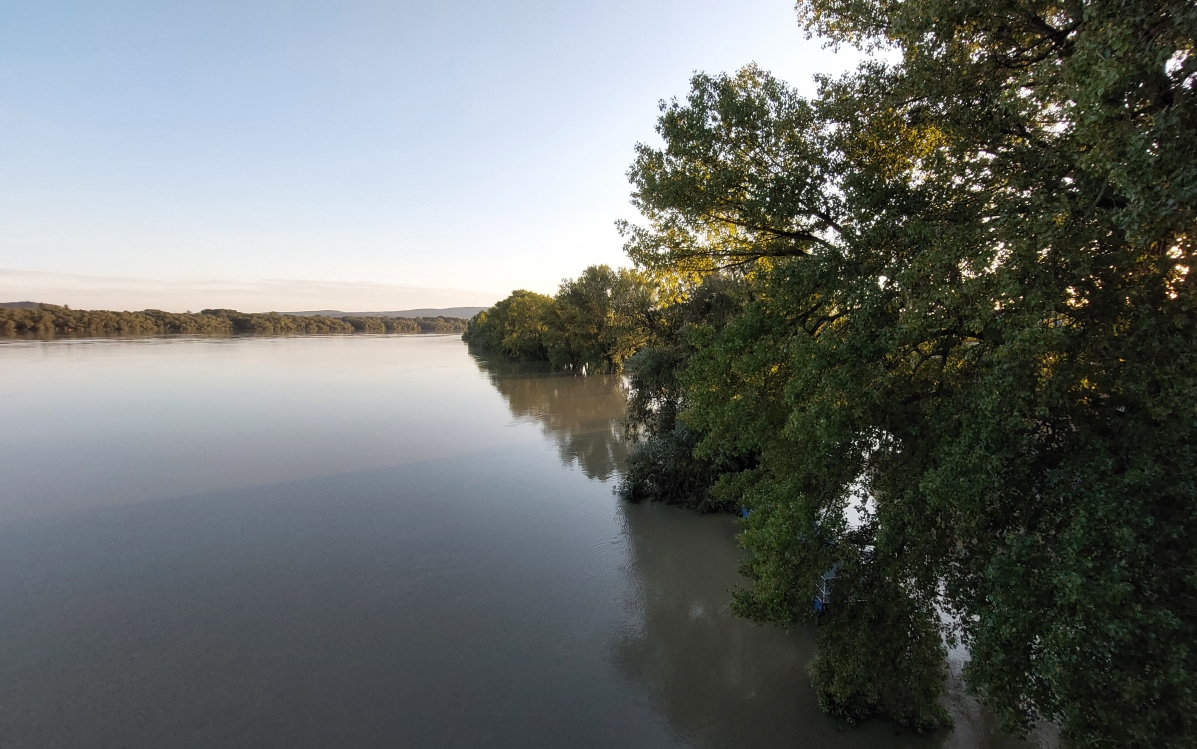The flooding Danube near Esztergom (northern Hungary)
Flooding along the Danube is gradually receding, following a peak in the capital on Saturday. According to recent reports, floodwaters reached their highest levels over the weekend, and authorities expect the situation to stabilize within two days.
Budapest and surrounding areas experienced significant water level rises, with emergency protection measures put in place. By Monday, relief efforts had successfully reduced the number of those involved in protection operations, and the flood’s impact is now expected to subside.
At a press conference on Tuesday morning, Prime Minister Viktor Orbán provided updates on the situation. He confirmed that the flood would crest at Mohács (southern Hungary) later in the day and leave Hungary, allowing the operational team to scale down their activities.
The PM reassured the public, stating, “we will escort it out,” and emphasized that rainfall expected this week would not worsen the situation.
By Wednesday, the flood protection team would be working in a reduced capacity, with the number of personnel involved dropping from 4,458 to 1,847.
Meanwhile, Hungary could receive aid from the European Union, as confirmed by a spokesperson for the European Commission. The Commission has offered financial assistance to flood-affected member states, pending necessary damage assessments. “EU support is, of course, available to all member states concerned, including Hungary,” the spokesperson said, clarifying that the delay in offering assistance stemmed from Hungary not having submitted damage data in time.
Ursula von der Leyen recently announced EUR 10B from cohesion funds to help flood-hit countries, including Austria, Romania, and Poland, with Hungary eligible to apply for this assistance.
The recent floods were triggered by Storm Boris, a powerful weather system that formed due to a combination of factors, including temperature contrasts between warm Mediterranean air and cooler northern fronts. Heavy rainfall caused water levels to rise significantly, leading to critical conditions along the Danube, particularly in Austria and Central-European countries such as Poland or Czechia. However, the intensity of the rain was mitigated by the dry soil in Hungary, which absorbed much of the water and helped prevent further devastation.
As the floodwaters recede, attention will now turn to recovery and damage assessment, with the possibility of EU aid to support Hungary’s restoration efforts.
Via MTI; Featured Image: Hungary Today

